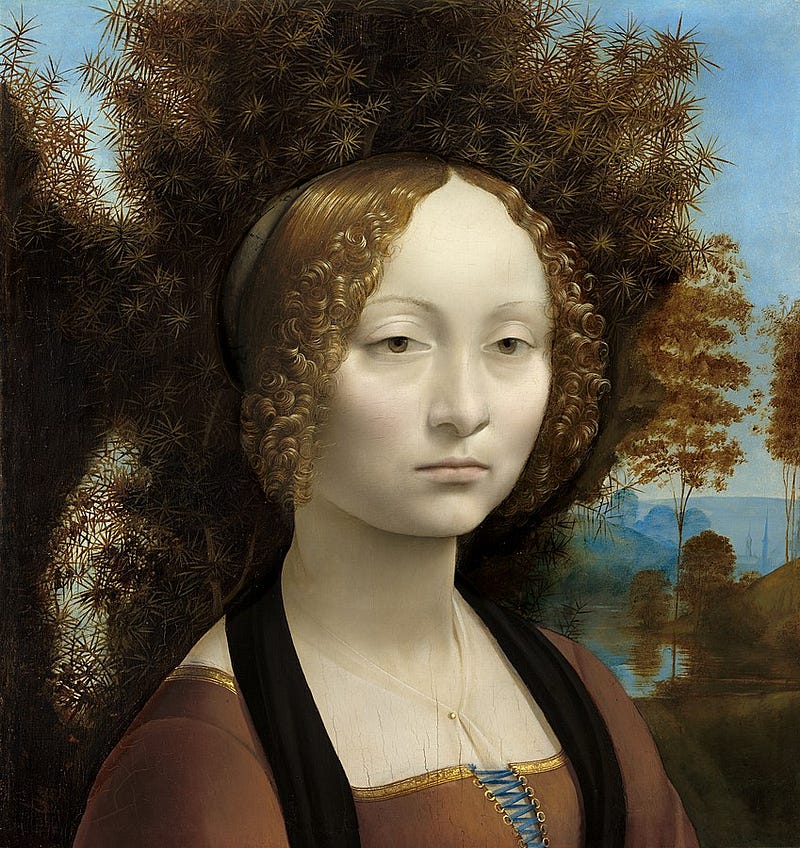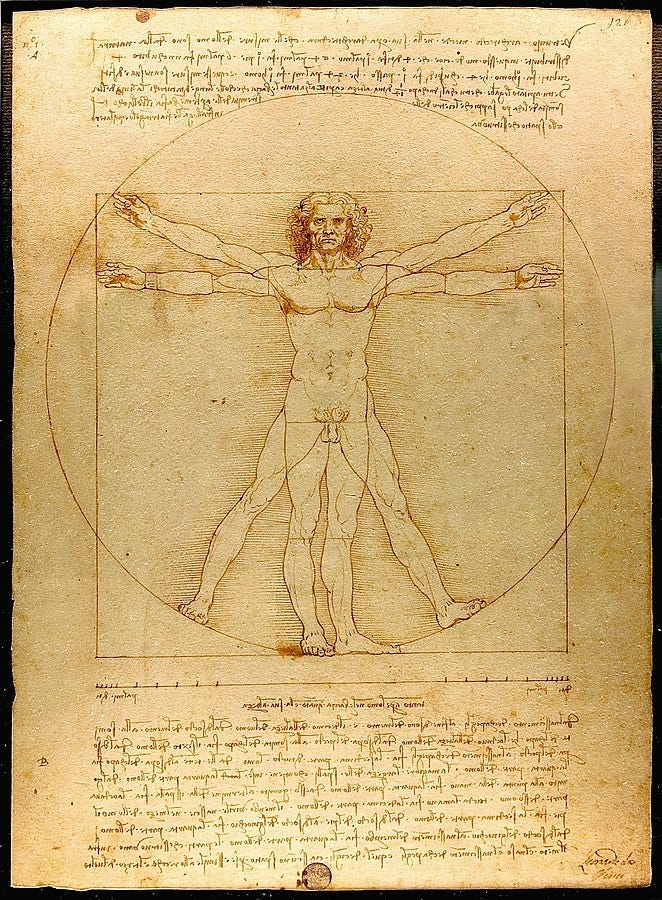Unveiling the Mysteries of Leonardo da Vinci's Mother
Written on
Chapter 1: The Origins of Caterina Buti del Vacca
Recent research has brought to light the origins of Leonardo da Vinci's mother, revealing that she was likely a Circassian slave. Historical analysis of documents from nearly 600 years ago suggests that Caterina Buti del Vacca was a princess from the Caucasus region, who was kidnapped by Tartars and subsequently sold to Venetian traders.

Leonardo da Vinci remains an endlessly fascinating historical figure. This Italian Renaissance icon was not merely a painter whose works are showcased in prestigious museums worldwide; he was also an exceptional sculptor, architect, and engineer whose innovative concepts were remarkably ahead of his era. His extensive notes reflect a keen interest in various fields, including mechanics, mathematics, biology, and even gravity.
In a recent analysis conducted by researchers at the California Institute of Technology, it was revealed that da Vinci had explored the concept of free fall long before Galileo Galilei. While it was already known that he had a profound interest in motion and the forces acting upon objects, these researchers have now identified mathematical examples and sketches that suggest he was attempting to articulate what we now recognize as the theory of gravity.
However, the intrigue surrounding Leonardo extends beyond his remarkable inventions and discoveries; his personal life and lineage present an equally captivating mystery. For decades, scholars worldwide have endeavored to uncover the identity of his mother, Caterina Buti del Vacca. Recent findings by Prof. Carlo Vecce, an Italian literature professor at L’Orientale University in Naples, have shed new light on da Vinci’s ancestry.
Section 1.1: Theories about Caterina's Heritage
Numerous theories have circulated regarding Caterina's background. In around 1540, historian Antonimo Gaddiano noted that she might have hailed from a noble lineage, though there were also claims of her being an illegitimate child. Some historians posited that she could have been the daughter of a woodcutter from Cerreto Guidi. Eighteen years ago, Italian anthropologists suggested that she might have had Arab ancestry, hypothesizing that she was a slave brought to Italy from Constantinople.
The hypothesis regarding Caterina's enslavement has sparked extensive debate. Prof. Vecce's research indicates that Caterina was not from Constantinople, but rather from the Caucasus, supported by documents found in the National Archives of Florence, dating back nearly 600 years.

Section 1.2: Evidence of Caterina's Liberation
Prof. Vecce claims to have discovered a liberation document entitled “filia Jacobi eius schiava seu serva de partibus Circassie,” dated November 2, 1452, less than seven months after Leonardo's birth. This document was created at the request of the slave owner, Ginevra d’Antonio Redditi.
“Leonardo's mother was a Circassian slave,” Prof. Vecce explained at a recent press conference. The Circassians, a people from the northern Caucasus, were historically known for their beauty, which often made them targets for slave traders. Caterina was reportedly kidnapped from her homeland and sold in markets in Constantinople before ultimately arriving in Venice and Florence at the age of 15.
The scholar asserts that she met Piero da Vinco, a young notary, shortly after her arrival. It’s suggested that their relationship began a year before her liberation, indicating that Leonardo was not her first child. Their romance purportedly unfolded at the Castellani Palace, which now houses the Galileo Museum in Florence. A year after Leonardo's birth, Caterina and Piero married. Prof. Vecce's findings reveal that the famed inventor and artist had a mixed heritage, and he plans to incorporate this research into his upcoming book titled “The Smile of Caterina, Leonardo’s Mother.”
This first video discusses the implications of the discovery regarding Leonardo da Vinci's mother, exploring her potential status as a Circassian slave and what it reveals about Renaissance Europe.
The second video delves into the question of Leonardo Da Vinci's potential Circassian ancestry, examining the historical and cultural context of his family's background.
Chapter 2: The Legacy of a Renaissance Genius
The paleo diet has gained considerable popularity in recent years. Advocates argue that we should consume foods similar to those eaten by our ancestors. But is this dietary shift genuinely healthy and natural for us?